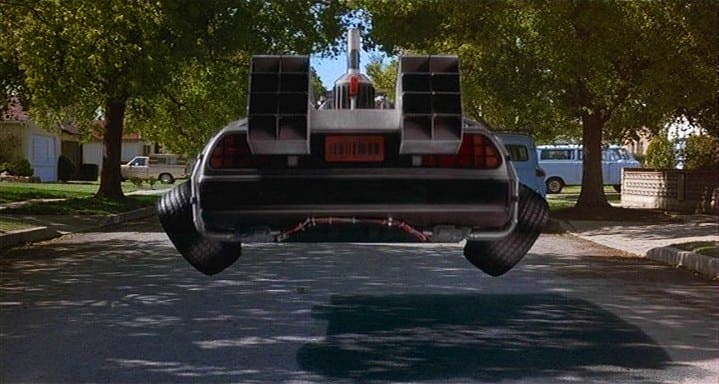From the EU press release:
With today's proposal for a revised Radio Equipment Directive, the charging port and fast charging technology will be harmonised: USB-C will become the standard port for all smartphones, tablets, cameras, headphones, portable speakers and handheld videogame consoles. In addition, the Commission proposes to unbundle the sale of chargers from the sale of electronic devices. This will improve consumers' convenience and reduce the environmental footprint associated with the production and disposal of chargers, thereby supporting the green and digital transitions.
Today, the Commission is proposing:
- A harmonised charging port for electronic devices: USB-C will be the common port. This will allow consumers to charge their devices with the same USB-C charger, regardless of the device brand.
- Harmonised fast charging technology will help prevent that different producers unjustifiably limit the charging speed and will help to ensure that charging speed is the same when using any compatible charger for a device.
- Unbundling the sale of a charger from the sale of the electronic device: consumers will be able to purchase a new electronic device without a new charger. This will limit the number of unwanted chargers purchased or left unused. Reducing production and disposal of new chargers is estimated to reduce the amount of electronic waste by almost a thousand tonnes' yearly.
- Improved information for consumers: producers will need to provide relevant information about charging performance, including information on the power required by the device and if it supports fast charging. This will make it easier for consumers to see if their existing chargers meet the requirements of their new device or help them to select a compatible charger. Combined with the other measures, this would help consumers limit the number of new chargers purchased and help them save €250 million a year on unnecessary charger purchases.
Today's proposal for a revised Radio Equipment Directive will now need to be adopted by the European Parliament and the Council by ordinary legislative procedure (co-decision). A transition period of 24 months from the date of adoption will give industry ample time to adapt before the entry into application.
To ultimately have a common charger, full interoperability is required on both sides of the cable: the electronic device and the external power supply. The interoperability on the device end, which is by far the bigger challenge, will be achieved by today's proposal. The interoperability of the external power supply will be addressed by the review of the Commission's Ecodesign Regulation. This will be launched later this year so that its entry into force can be aligned with today's proposal.
Which all sounds good, though note that it will take 12 months to get this fully signed off and then 24 more months for manufacturers to comply. So we're looking at this being enforced from 2024 onwards - at which point it will be in place anyway, once this year's flagship trends (no chargers in box, Type C output from purchased mains chargers) have rippled down to the lower end of the new phone market.
What about iPhones?
The oddity in the phone world is, of course, the Apple iPhone, with 2021 models still using Apple's proprietary Lightning connector. However, take a step back and note that 2020 iPhones onwards didn't include a charger in the box, plus the cable supplied is Type C to Lightning. So Apple is already largely compliant. But the press release does talk about 'full interoperability is required on both sides of the cable', implying that, eventually, Type C would be needed on the phone side too.

"Cables? Where we're going, we don't need cables!"
However, by 2024, it's almost certain that Apple will have transitioned iPhones to not need cables at all. 2020 introduced Apple's highly efficient MagSafe Qi wireless charging system - I use it every day and it's as fast as a regular charger now, and will doubtless get faster next year. In fact, I hardly plug in a Lightning cable at all, doing so for local backups. So it's easy to see Apple dropping the Lightning port in 2022 and all charging will then be Qi/MagSafe. Neatly side-stepping the need to be forced to put Type C ports into iPhones at all. (Geeks will point out that there needs to be some wired access, for diagnostics and backups, so I'm guessing there will be an optional cradle that contacts pogo pin points on the iPhone 14's bottom edge or back.)
